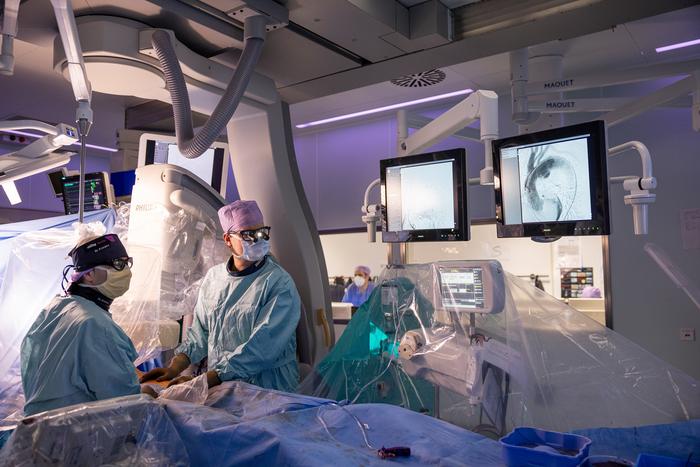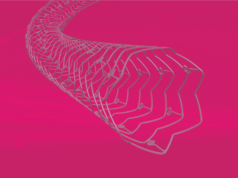
New guidelines from the European Association for Cardio-Thoracic Surgery (EACTS) and the Society of Thoracic Surgeons (STS) have, for the first time, recognised the aorta as “an organ in its own right”.
“Recognising the aorta as an organ puts it on a par with the heart, lungs or brain. This is a big step,” says Martin Czerny (University of Freiburg, Freiburg, Germany), chair of the writing committee responsible for putting the new guidelines together.
“The new guidelines clearly recommend bundling the treatment of the aorta in a separate speciality, naturally in close coordination with other specialities. We have been practicing this integrative approach at the Medical Center-University of Freiburg for a long time and I am delighted that our work is now also being recognised internationally,” said Czerny. “I am certain that this will improve the treatment of patients with aortic rupture and other serious diseases.”
Published simultaneously in the European Journal of Cardio-Thoracic Surgery and The Annals of Thoracic Surgery, the guidelines take into consideration the impact and risk of different diagnostic or therapeutic methods for the treatment of aortic disease, and are designed to serve as a support tool for physician decision-making in the treatment of diseases such as aortic aneurysm.
The aorta is responsible for transporting oxygen-rich blood from the heart to the rest of the body. In recent years, it has become increasingly clear that it also plays an important role in regulating blood pressure and blood flow velocity. In addition, it is involved in the production of certain hormones and has its own layer of smooth muscle cells that help to maintain its structure and function.
“Our understanding of the aortic organ is continually evolving, especially in regard to its pathophysiology, the timing for treatment and the application of current and the development of new therapeutic strategies. Aortic disease has emerged as a specialty with significant health economic relevance. Several components of this guideline already establish the foundational structure necessary to meet the needs of treating the aortic organ within a specialised centre by a dedicated interdisciplinary aortic team,” the document states.













